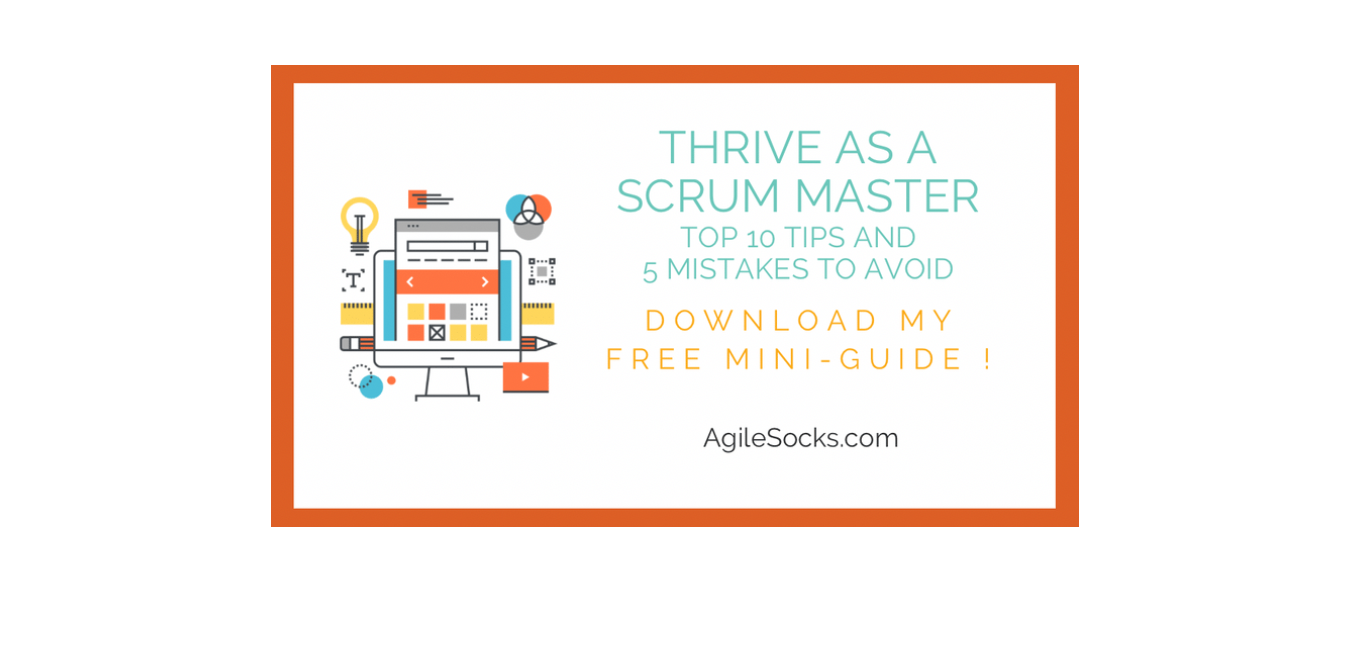One of the most important things I have learned in the past few years is the difference between being reactive and being creative. And I'm getting better at staying in (or recovering to) my creative orientation to the world. In this post, I will explain the difference between creative and reactive modes of operating, offer some examples of how this shows up in our teams and beyond, as well as some tips for cultivating your ability to stay creative.
What do I mean by creative versus reactive?
In a creative mode, I am open and curious. I am seeking to understand more about other people or the situation that is emerging. I tend to feel more calm and ease when I am in a creative mode.
In a reactive mode, I am more closed off to new information and deeper understanding. I want to make a decision or a judgement based on the information I have right now in front of me (and my interpretation of that information). I am likely spinning up a whole story about other people's motivations or the worst case scenario that might play out. I might feel a bit "hi-jacked" by constrictive emotions such as fear, anger, or worry.
We are constantly responding (either consciously or unconsciously) to our world. The question is whether we are responding creatively or reactively.
Now lets look at a couple of examples to illustrate how this plays out in interpersonal or team conflict and in navigating complexity, ambiguity, and rapid change.
Scenario #1
In the first scenario, I am in a team working session where I have spoken up but feel like nobody is actually listening - like REALLY listening - to my perspective. When I am reactive, I may tell myself "nobody ever cares what I think." I might just shut down and give up, and resentment will build and creep into other interactions. Or maybe I get angry and confront the situation directly. This is not likely to go well because I've already judged people's intentions, and I am likely to just push louder and harder to get people to listen. And now my definition of "listening" likely means they better agree with me. I want to win, and I want to be right.
Now, let's look at what may play out in this same scenario if I stay creative. I don't make up this story that nobody cares what I think. Or maybe I do, but I quickly catch myself and re-orient my energy. From this place of calm and openness, I can tell the team that I don't feel heard. I feel they dismissed my perspective without trying to understand it. Because I am calm and open, this does not come across as a judgement. It's a moment of vulnerability, which grows trust, and it's an invitation to learn and explore together.
Scenario #2
In the second scenario, our team realizes that the approach we are taking for a major enhancement is not going as we expected. Not only are we likely to fail to meet the Sprint Goal, but we may need to completely throw away a lot of the work we've done so far and start over. When we are reactive, we may worry about what our manager and other stakeholders are going to think. We may start blaming each other. Neither of these reactions are going to be helpful in finding our way forward.
Now, let's look at what may play out in this same scenario if we stay creative. We accept ourselves as a team, knowing we made the best decisions we could based on what we knew and who we were as a team at the time. We now have new information, so we can explore and generate insights and new ideas. We trust in ourselves and our ability to solve any problem together, so we turn our energy towards that. We are going to be honest and direct with our stakeholders, and we will do this in a timely manner. And we are going to reflect on how we might avoid this situation again in the future - or learn that we need to change direction sooner.
Keep in mind that staying creative is NOT about suppressing emotions. It is NOT about speaking in an "acceptable tone." It does NOT mean you are not allowed to get upset. It's about knowing how to BE WITH your emotions and decide what you need, so you can stay open and creative. We are allowed to be whole humans, and we need to see people as whole humans.
We are dealing with complexity, uncertainty, and ambiguity. We need to be able to hold paradox and have open dialogue. We need productive conflict in order to generate and explore different ideas, so we can create innovative solutions.
This means that I need to stay creative. When I am able to stay present, open, and intentional in how I am showing up, this will have an influence on my team's ability to do the same.
Essentially, it starts with me and my orientation to the world.

